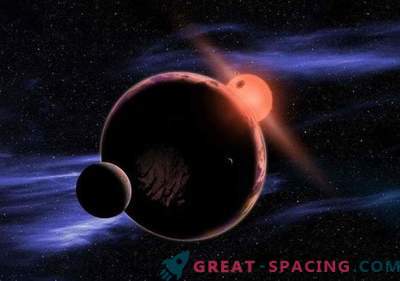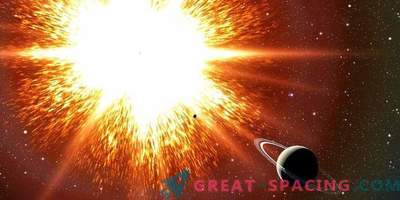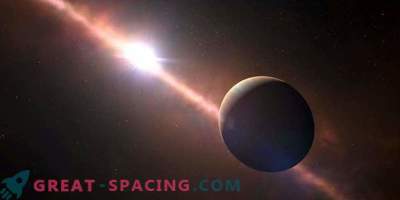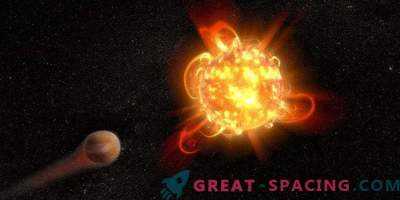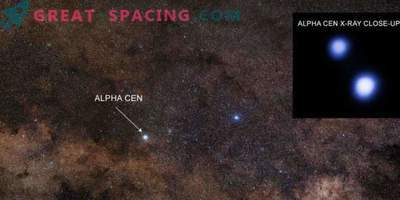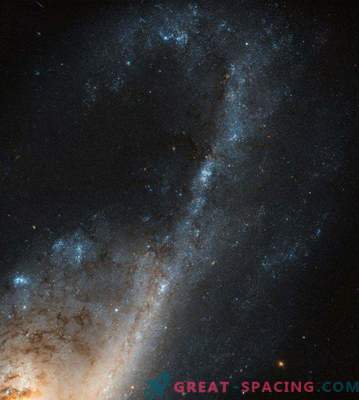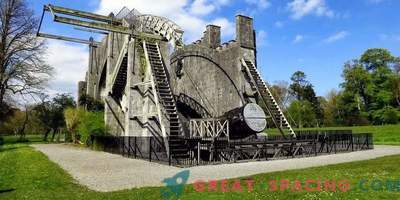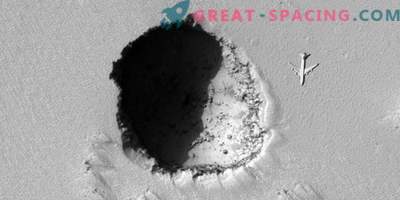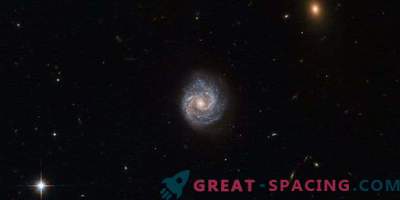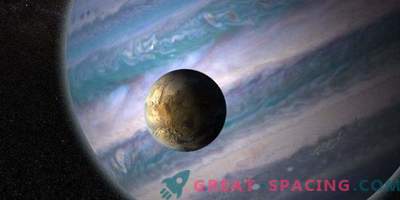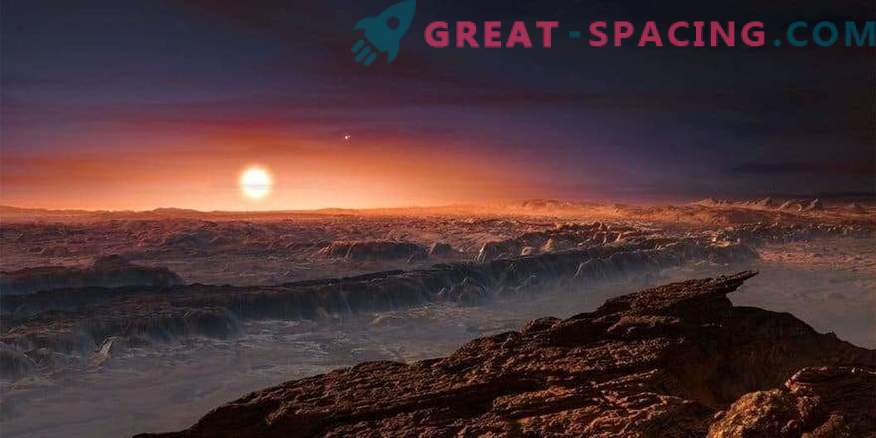
Artistic interpretation of Proxima b circling around the red dwarf Proxima Centauri.
The Earth-like planet Proxima b is located outside our system within the habitable zone of its star. But the stellar rays may not leave a chance for the presence of the atmosphere, reducing the possibility of the formation of life forms.
Proxima is 4 light years and is considered the closest neighbor. But the planet does not pass in front of a star in the visible spectrum, so researchers are forced to speculate on computer models.
One of such simulations substituted our planet instead of Proxima b in order to trace the stellar impact. Even the presence factor in the habitable zone does not give a 100% chance of the birth of life.
Very much depends on the atmosphere, which regulates climate, temperature and guarantees a protective layer from radiation. The model shows that Proxima Centauri rays are hitting the planet hard. But how quickly does the atmosphere get lost?
High-energy ultraviolet rays ionize atmospheric gases and knock electrons out. Then new ones get the power to break free from the action of gravity and retire into space. As a result, the amount of radiation on the orbital path of the exoplanets is a hundred times greater than that on Earth. This pulls out not only the lightest molecules (hydrogen), but also eliminates oxygen with nitrogen. The depletion is carried out at a speed that is 10,000 times that of the earth.
The researchers also considered two factors. This is the temperature of the thermosphere - it heats up and increases atmospheric emissions. As well as the scale of the region from which electrons are pulled out - increased sensitivity on magnetic poles. Calculations show that Proxima b is able to use up the entire earth's atmosphere in 100 million years.
When hunting for exoplanets, scientists primarily pay attention to red dwarfs, because they are cold and are more common. The planets near them are closer, which means a higher chance of the appearance of life. However, volcanism, the frequent fall of meteorites and the loss of the atmosphere drastically reduce the chances of habitability.
